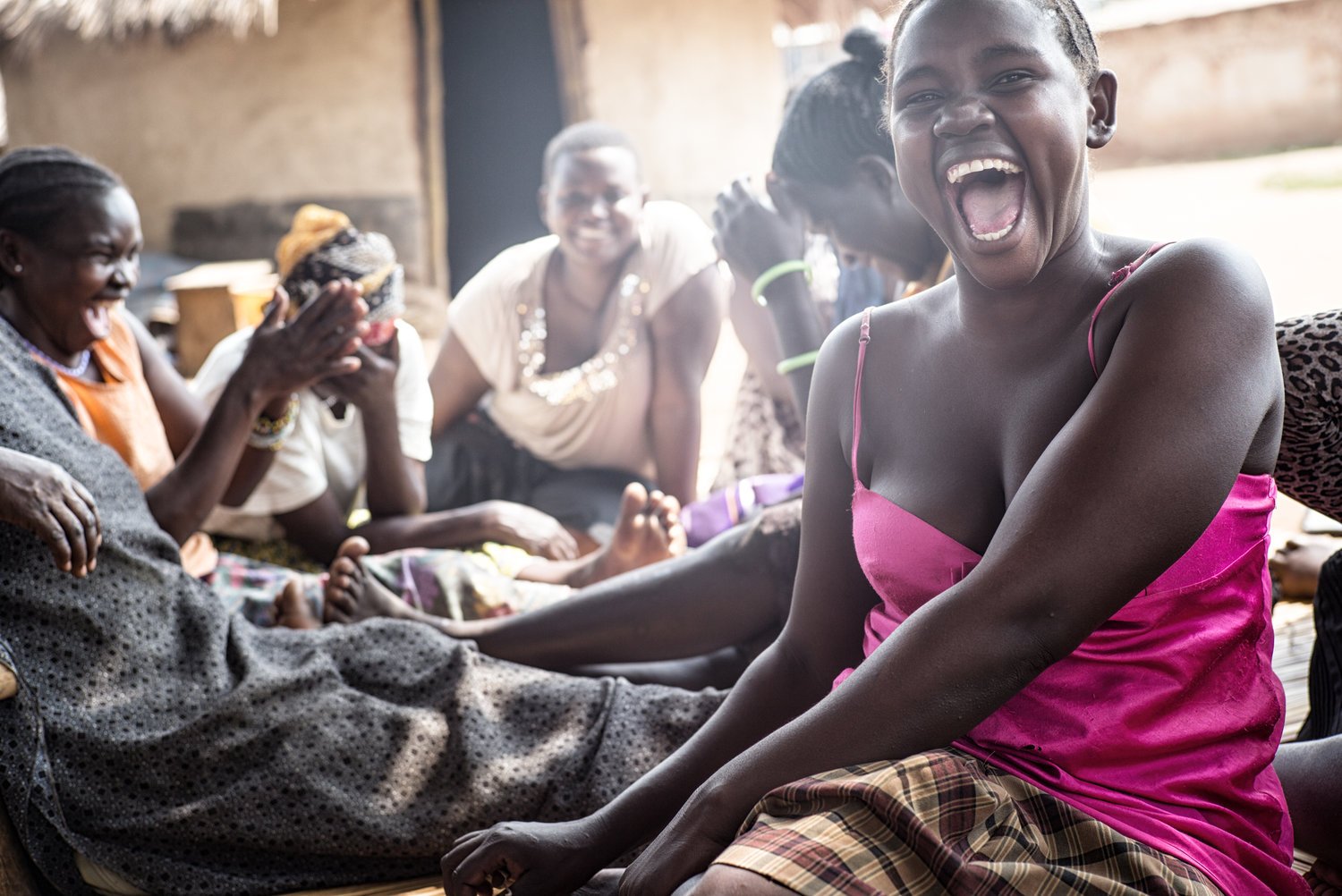The Invitation
“Most meaningful projects started with nothing more than an invitation—and an intuitive ‘yes’.”
In my previous blog post, I wrote about the power of slowing down. About how working with analogue cameras helped me reset my creative compass. Letting go of digital speed and instant feedback allowed a kind of quiet to return—both in my process and in myself. And in that quiet, something surprising happened: I started revisiting the roots of my work.
Not strategically, not with a plan. At first by plain old boredom. But soon it changed in a spontaneous and curious inner journey.
Reflecting in a barn, near Nashville, US
I found myself going back to projects I hadn’t thought about in years—photographic essays, collaborations, field assignments—that had left a mark. Stories that didn’t just sharpen my eye, but shifted my perspective. Some even so profoundly impacting me, they - in a way - formed me. As I traced them back, a simple truth emerged: most of these meaningful projects had started with little more than an invitation. A question. A call. And an intuitive ‘yes’. Not because I knew exactly what I was getting into. Quite the opposite. It was the not knowing that pulled me in. The curiosity that said: you need to see this.
And with that, a deeper question returned to me:
When is a project truly worth saying yes to?
When Curiosity Becomes Compass
“The pull wasn’t rational—it was visceral. Something in me said: go.”
Many of my most formative projects began with an open-ended invitation into something unfamiliar. A subject I didn’t fully understand yet. A context I had to learn from the inside out.
Story on friendship, Korea
Story on football, Colombia
What followed was rarely a calculated decision. It was a feeling. A sense that this was a story I needed to witness—visually, emotionally, physically.
Some examples of both independent and commissioned work:
Photographing small group homes for children for the Breath foundation in Ukraine
Spending three weeks inside the only government-run psychiatric hospital in Malawi
Documenting transgender and LGBTQ+ communities in Buenos Aires
Working with Fundación Abrazos and autistic families in Peru
Visualising the impact of blood coal for Pax in Colombia
Travelling to South Sudan for War Child to capture post-conflict resilience
What these projects had in common was not a topic, but a feeling of closeness. Each offered the chance to feel what it means to walk in someone else’s shoes. To listen. To witness. To sit beside.
Story on child soldiers and sex slaves during war, Uganda
Yes, many of these stories carried political or societal weight. But they never started there. They started with people. And when a story begins with people, it almost always grows into something larger.
Story on autism, Peru
Story on Dutch beach cleaning
Story on children homes, Ukraine
The Edge of Comfort
“You’re not a neutral observer. And becoming aware of that is not a limitation—it’s a responsibility.”
The projects that stay with me are the ones that asked me to shift. To confront my own frameworks. My upbringing. My blind spots.
Story on sexual violence during war, South-Sudan
It’s tempting—and easy—to stay in familiar narratives. But real growth happens at the edge of comfort. Where there’s friction. Where you're not quite sure how to respond.
Each time I accepted an invitation into the unknown, I also met myself. My own gaze. My presence. The influence I inevitably carry, just by being there.
That awareness has brought moments of doubt. Ethical questions. Discomfort. But instead of retreating, I’ve learned to stay. To look before I interpret. To allow a story to be complex, even contradictory.
Because that’s where it becomes most alive.
Story on water and garbage, Nepal
What If We Told It Differently?
“I often ask: what would this story look like from another vantage point?”
Story on musical rights, Kenya
Today, even stories told with care often come from a single angle. Sometimes that’s to create clarity. Sometimes to mobilise attention. But I wonder:
What would it look like if told from a different side? By someone else? In a different language of experience?
That question isn’t a critique—it’s a practice. One I try to apply to myself, too.
I admire storytellers who own their blind spots. Like this journalist in De Correspondent [Dutch only], who revisited her own coverage of the Israel–Palestine conflict. She didn’t erase her reporting. She didn’t revise the facts. She simply acknowledged what she hadn’t seen—and invited others into that reflection.
That kind of open authorship is rare. And valuable.
A New Season of Saying Yes
“I feel ready to meet new invitations—ones that stretch me, and expand both sides of the lens.”
Story on walking through the Middle East, Jordan
After a period of deliberate stillness, I feel a shift. A soft urge to expand again. Not just into existing long-term projects like Company of Many, or a new and exciting project I’m preparing for next year, but into new collaborations.
Not assignments for the sake of work. But the kind of partnerships that stretch perspectives—mine, and the other’s.
So if this way of working speaks to you—this rhythm of careful looking, shared questioning, and layered storytelling—consider this an open door.
I’m curious what could grow from a conversation.
Let’s talk.


